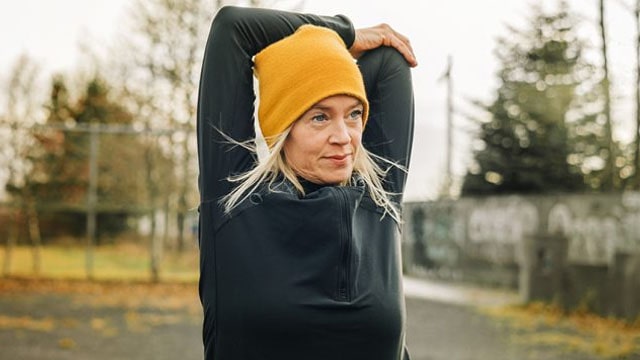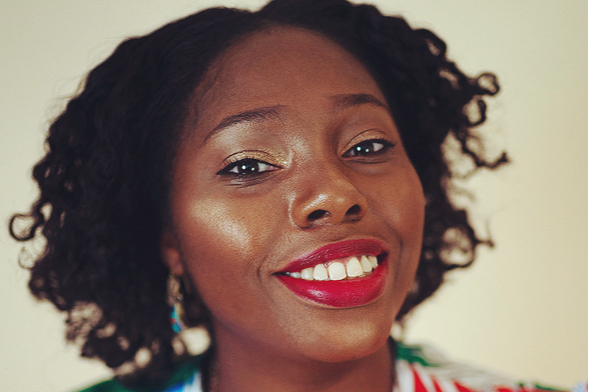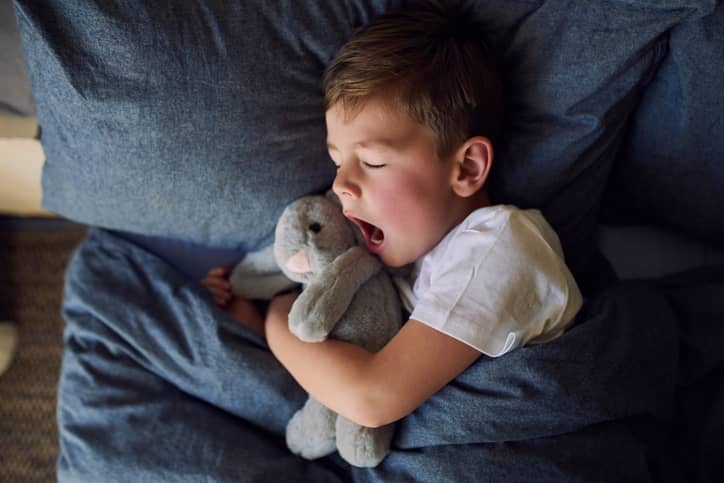If you’re thinking about heading back to the gym, you may be wondering what steps you should take help protect yourself from coronavirus while you’re there.
It’s important to continue following advice around washing your hands regularly, keeping a distance from other people and wearing a face mask when in public spaces.
But as there’s no official guidance for visiting a gym or workout studio, Dr Lisa Ackerly, a Chartered Environmental Health Practitioner shares her advice to stay safe.
Plan ahead
First things first, it’s best to ring ahead and ask your gym:
- if they are open and accepting guests
- if they are restricting class sizes, or putting a limit on the number of people that are allowed to exercise
- if they are using a timed booking system
- if you need to bring a mask
- how long you’re allowed to exercise for
Once there, the gym may have safety procedures that you’ll need to follow, such as wearing gloves or following a 1-way system.
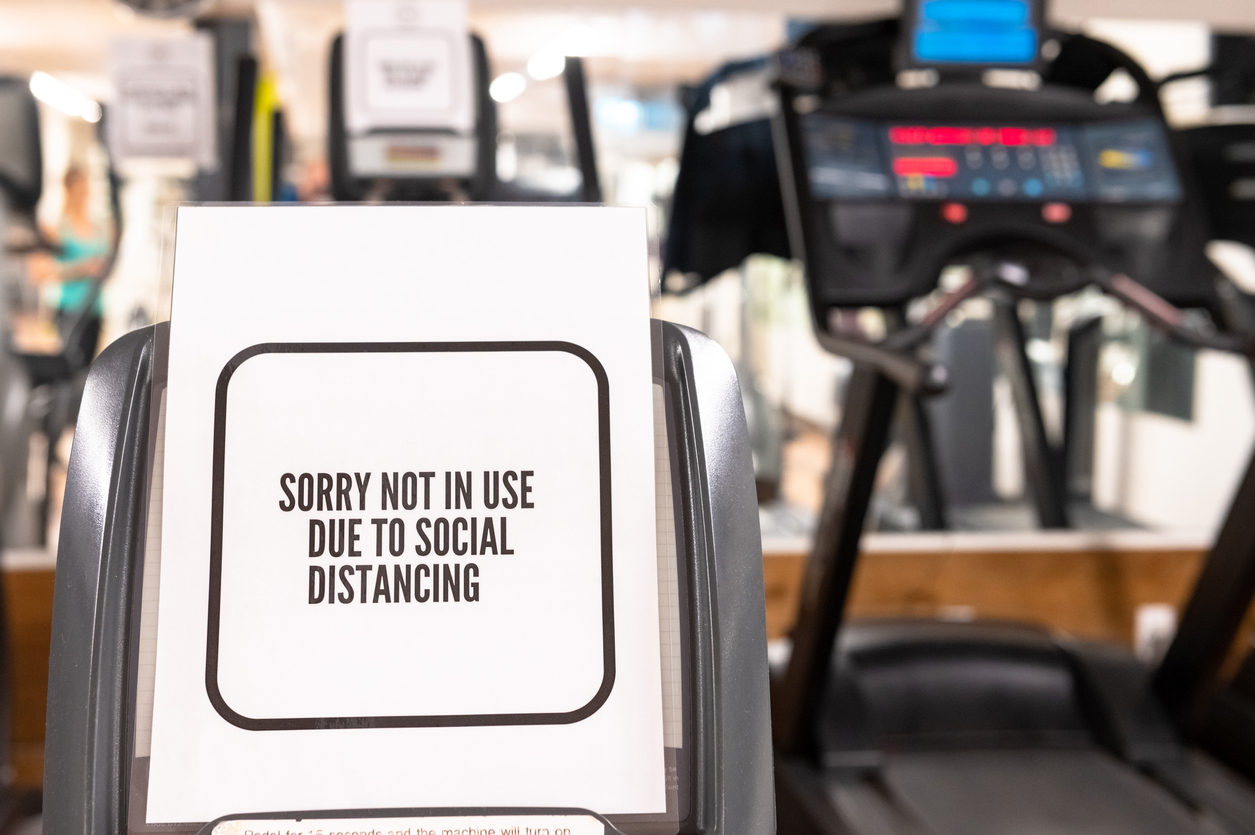
Wash your hands and clean any equipment you use
SARS-CoV-2 — the virus that causes COVID-19 — can live on hard surfaces for at least 72 hours.
To minimise your risk of catching the virus, Ackerly says it’s important to keep your hands clean at all times, by washing them with soap or using a hand sanitiser.
“Everyone should sanitise their hands as soon as they get to the gym,” says Ackley. “And make sure that you wipe down the equipment before and after you’ve used it.”
Most gyms will provide cleaning products that you can use to wipe down the machines, but it might be worth taking some of your own in case it runs out.
Some organisations — including Public Health England — say that most regular cleaning products are capable of killing coronavirus on a hard surface.
However, the World Health Organization (WHO) says that it’s best to use disinfectant wipes that contain at least 70% to 90% alcohol.
When it comes to sanitising your hands, the US Centres for Disease Control and Prevention (CDC) recommend using a hand sanitiser that contains at least 60% alcohol. This will be more effective at killing germs, such as viruses.
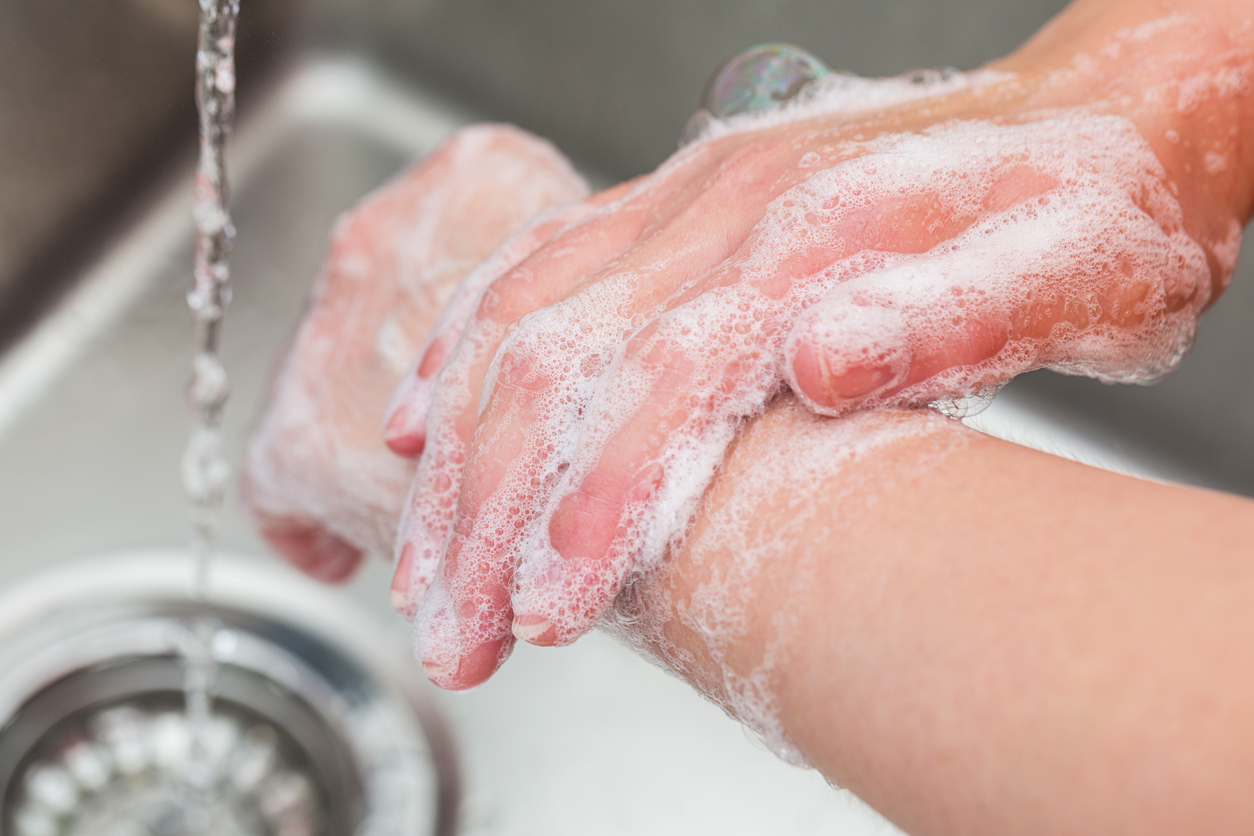
Maintain social distancing when queuing and avoid overcrowded classes
It might be difficult to wear a face mask while exercising at the gym, so you'll need to stay at least 2 metres away from other people whenever you can. The minimum safe distance may vary depending on your local guidelines.
Some gyms may be trying to aiding this by closing every other cardio machine, or putting up screens around some of their equipment, but you’ll still need to keep your distance while you’re queuing to use a machine.
You should also check to see if your fitness classes are still running. If they are, the gym may be restricting the number of people that are allowed in each class.
Ackerly recommends speaking to a manager if you’re worried about overcrowding or poor ventilation.
Researchers in South Korea found that large or intense exercise classes may encourage the spread of coronavirus, so it’s probably better to err on the side of caution.
Avoid any classes that look like they might force you to get too close to other people.
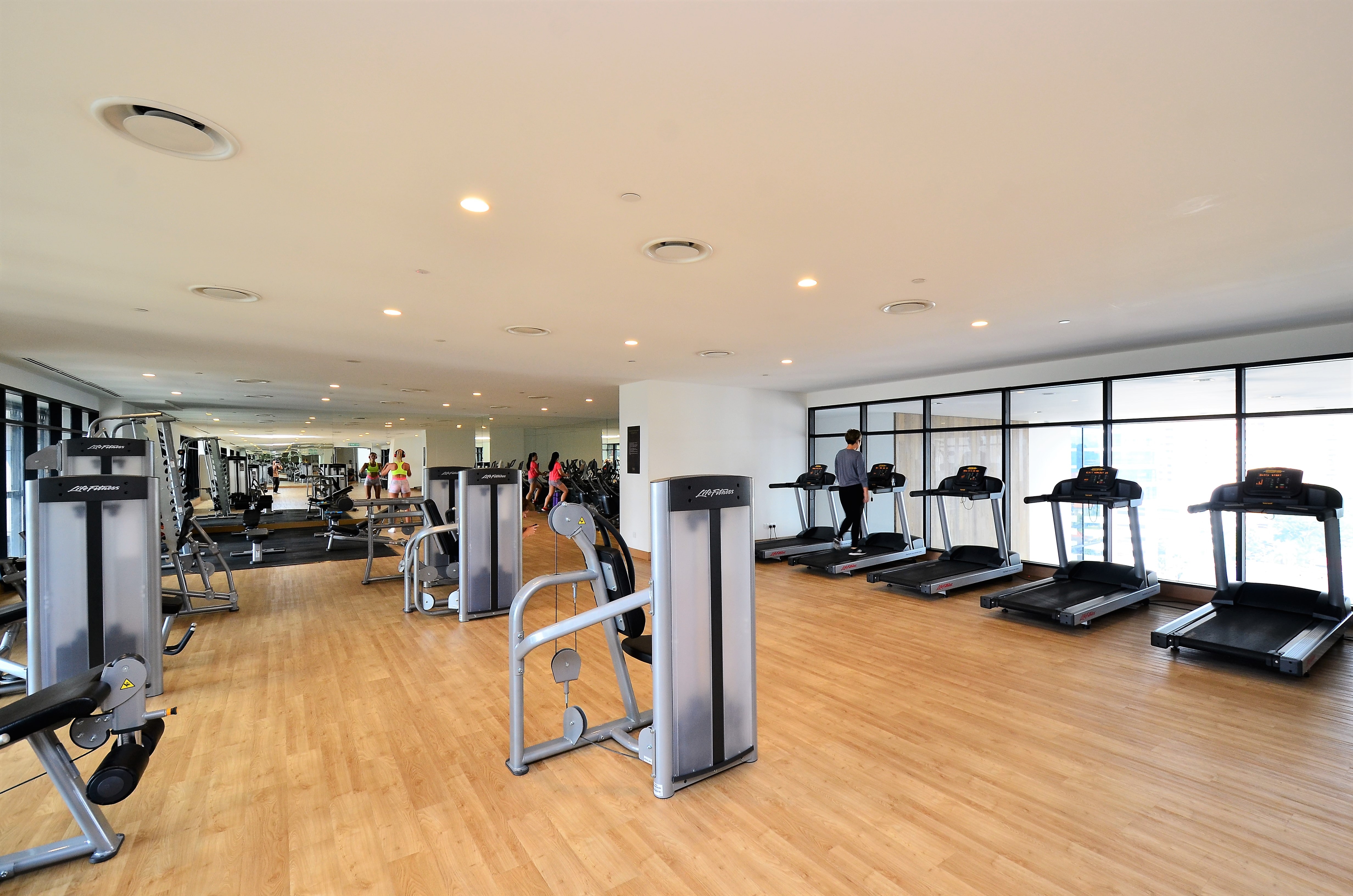
Arrive in your workout clothes and shower at home if you can
Some gyms are asking people to arrive in their workout gear, so that there’s no need to use the changing rooms.
This is a sensible precaution because changing rooms can get crowded and spending time in close proximity to other people can increase your risk of catching coronavirus.
Ackerly says you should also try to avoid taking a shower if you can.
“It is probably best, if you have your own transport, to just leave the gym and shower at home,” she said, “because there is less risk of being close to others which could be an issue.”
Many gyms are keeping their showers and changing rooms closed anyway, so check before you go if you do want to use them.
Wash your drinking bottle and your gym kit as soon as you get home
We don’t know exactly how long coronavirus can survive on clothes, but we do know that germs can spread by clothes and towels in general.
Ackerly says it’s important to wash your kit after every visit.
It should be washed at a temperature above 60C if the kit can take it, or using a laundry sanitiser with a lower temperature, she says.
Ackerly also recommends washing your drinking bottle in a dishwasher if you have one, or hot soapy water if you don’t.
Still worried about the risk of infection?
If you’re worried about the risk of getting coronavirus at the gym, it’s important to remember that there are other ways to exercise.
Outdoor activities tend to be safer, so why not try something like going for a run, cycle or working out at home?
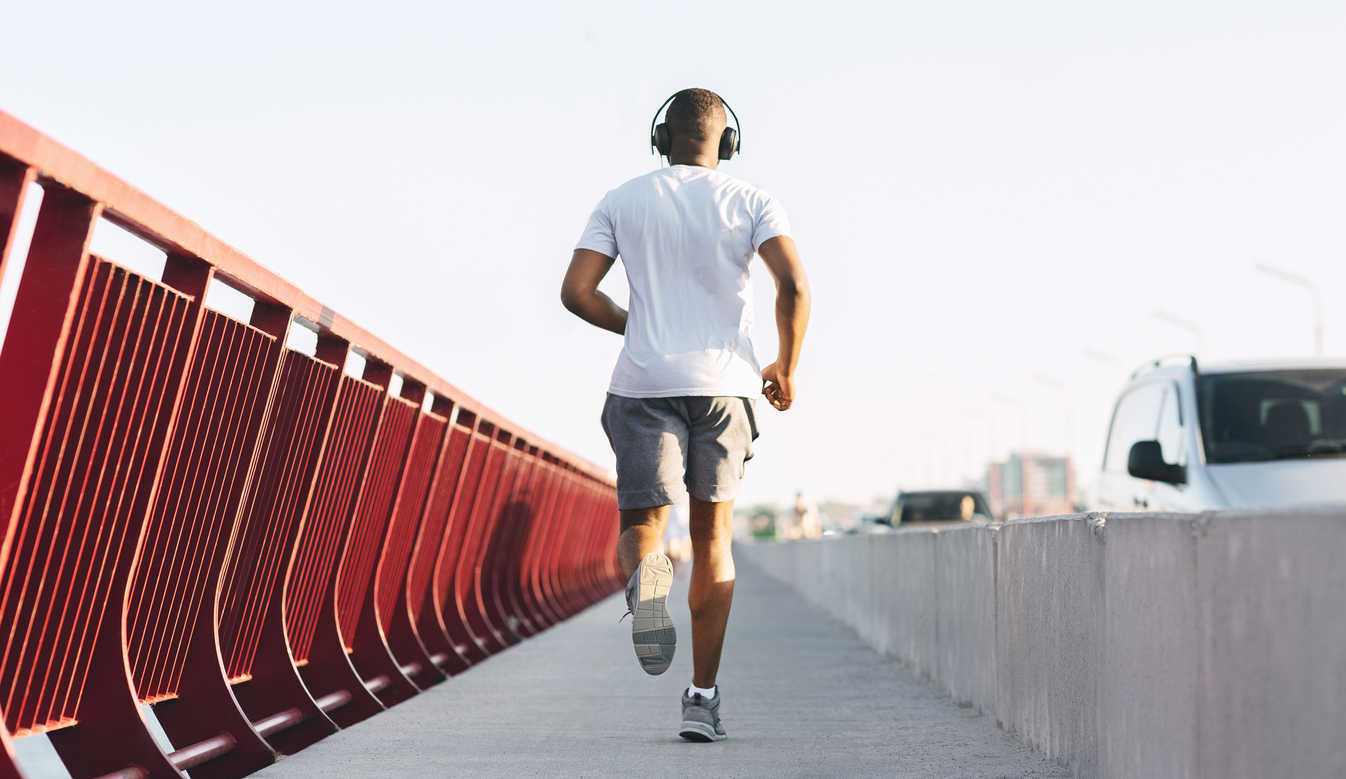
Key points
- ring ahead to make sure your gym will let you in
- sanitise your hands and any equipment you use
- try to maintain social distancing whenever possible
- Get ready before you go and shower at home rather than the gym if you can
- wash your kit as soon as you get home



